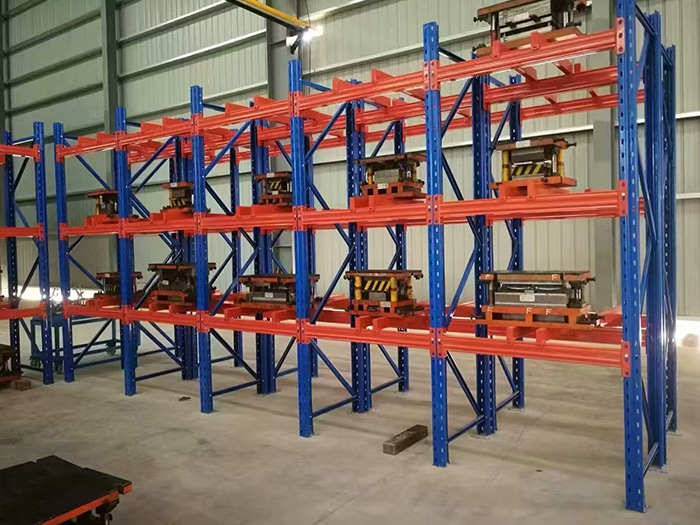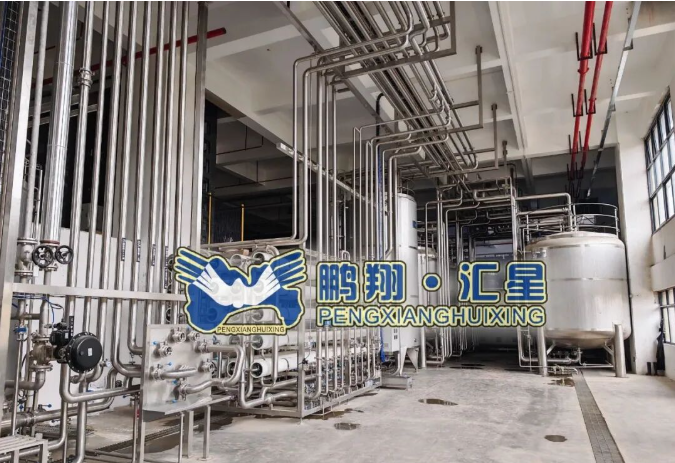Infrared technology has become increasingly prevalent across various industries, from telecommunications to medical diagnostics. While its advantages are often highlighted—such as its ability to transmit data wirelessly and its applications in thermal imaging—there are notable disadvantages that warrant consideration. In this article, we will explore two significant drawbacks of infrared technology, providing a comprehensive analysis that can help professionals make informed decisions.
- Limited Range and Line-of-Sight Dependency
One of the primary disadvantages of infrared technology is its limited range and the necessity for a clear line of sight between the transmitter and receiver. Unlike radio waves, which can penetrate walls and obstacles, infrared signals are easily obstructed by physical barriers. This limitation poses challenges in various applications, particularly in environments where obstructions are prevalent.
Implications for Communication Systems
In communication systems, the reliance on line-of-sight can severely restrict the usability of infrared devices. For instance, in a corporate setting where employees are using infrared remote controls or data transmission devices, any obstruction—be it a person, furniture, or walls—can disrupt the signal. This can lead to frustration and inefficiencies, particularly in larger spaces or complex layouts.
Impact on Thermal Imaging
In thermal imaging applications, the line-of-sight requirement can also be a significant drawback. For example, in search and rescue operations, infrared cameras may struggle to detect heat signatures if there are obstacles, such as smoke or debris, blocking the view. This limitation can hinder the effectiveness of thermal imaging in critical situations, where every second counts.
- Sensitivity to Environmental Conditions
Another notable disadvantage of infrared technology is its sensitivity to environmental conditions. Infrared signals can be adversely affected by factors such as humidity, temperature fluctuations, and ambient light levels. These environmental variables can lead to signal degradation and reduced performance, which can be particularly problematic in outdoor applications.
Challenges in Outdoor Applications
In outdoor settings, infrared systems may struggle to maintain reliable performance due to changing weather conditions. For instance, heavy rain or fog can scatter infrared signals, leading to diminished effectiveness in applications such as outdoor surveillance or remote sensing. This sensitivity can necessitate additional measures, such as the use of more robust signal processing techniques or alternative technologies, which can increase costs and complexity.
Effects on Medical Diagnostics
In the medical field, infrared technology is often used for non-invasive diagnostics, such as monitoring body temperature or detecting blood flow. However, the sensitivity to environmental conditions can impact the accuracy of these measurements. For example, if a patient is in a room with fluctuating temperatures or high humidity, the infrared sensors may provide inaccurate readings, potentially leading to misdiagnosis or inappropriate treatment plans.
Conclusion
While infrared technology offers numerous benefits, it is crucial to acknowledge its limitations. The dependence on line-of-sight and sensitivity to environmental conditions can pose significant challenges in various applications. As industries continue to innovate and integrate infrared technology into their operations, understanding these disadvantages will be essential for optimizing performance and ensuring reliability. By being aware of these drawbacks, professionals can make informed decisions and explore alternative solutions when necessary, ultimately enhancing the effectiveness of their technological implementations.


More Stories
Why Stainless Steel Sports Bottles Are Perfect for Every Workout
Achieve Healthier, Stronger Hair: The Power of Keratin Purifying Shampoo
Nicotinamide in Cosmetics for Brightening and Skin Health